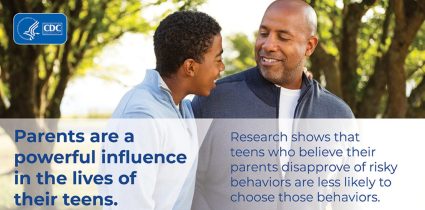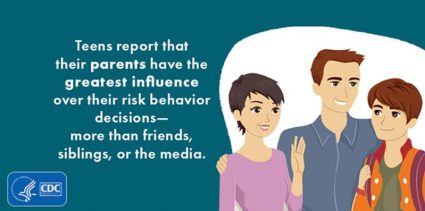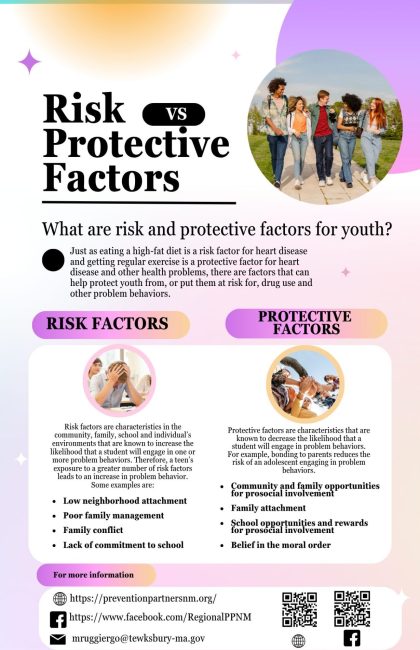Healthy Lifestyle & Decision Making
When we talk about substance use, we are often told to encourage youth and young adults to participate and practice healthy lifestyle choices and decision-making, but what are some of these practices? How can you teach the youth in your life to make life choices that have long-term benefits? What can you do as a guardian to support ongoing positive decision-making for young people? Check out the resources below to learn about healthy decision-making and what techniques can be used to encourage youth to create healthy, sustainable lifestyles.
Yoga, Meditation, & Mindfulness Practices For Youth
Yoga and meditation give kids and teens healthy tools to manage stress, anxiety, and peer pressure—common triggers for substance use. By building self-awareness, emotional control, and inner confidence, these practices offer a powerful, healthy way to cope. Teaching youth yoga, meditation, and mindfulness practices can have exceptional benefits for their physical, mental, and emotional health. These practices have been shown to increase relaxation and reduce stress and anxiety. Participation for youth can lead to improved focus, memory, and academic performance, and improve balance, strength, and endurance.
Check out Breathe For Change – a yoga, meditation, mindfulness, and SEL training geared towards educators. They offer many free resources to use with kids and teens!
Check out Yoga Ed for free virtual yoga classes for kids, teens, and adults!
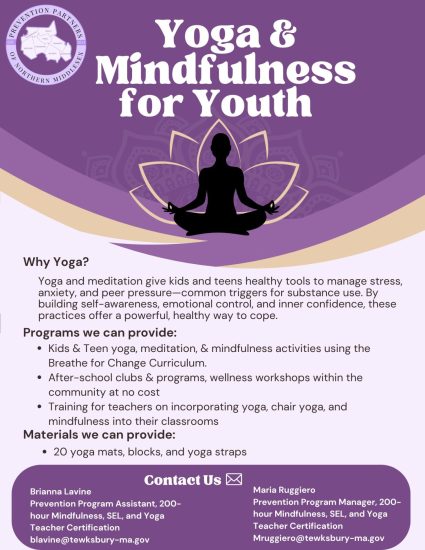
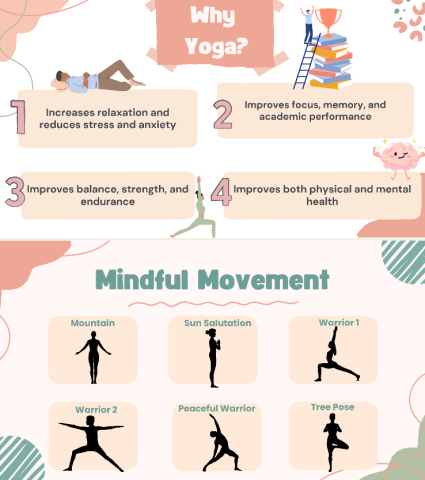
Contact us for more information or Yoga & Meditation Workshops in your community!
Risk and Protective Factors & Positive Childhood Experiences (PCEs)
Protective factors are conditions that buffer children and youth from exposure to
risk by either reducing the impact of the risks or changing the way that young people respond to risks.
Protective factors identified through research include strong bonding to family, school, community and peers. These groups support the development of healthy behaviors for children by setting and communicating healthy beliefs and clear standards for children’s behavior. Young people are more likely
to follow the standards for behavior set by these groups if the bonds are strong. Strong bonds are
encouraged by providing young people with opportunities to make meaningful contributions, by teaching
them the skills they need to be successful in these new opportunities, and by recognizing their
contributions.
Risk factors are conditions that increase the likelihood of a young person becoming involved in drug use,
delinquency, school dropout and/or violence. For example, children living in families with poor parental
monitoring are more likely to become involved in these problems
PCEs are experiences that help heal the brain from trauma and promote healthy mental health in adulthood. They have a lifelong protective and healing effect that can mitigate the negative effects of Adverse Childhood Experiences (ACEs). Promoting PCEs during childhood can have lifelong positive effects that continue into adulthood.
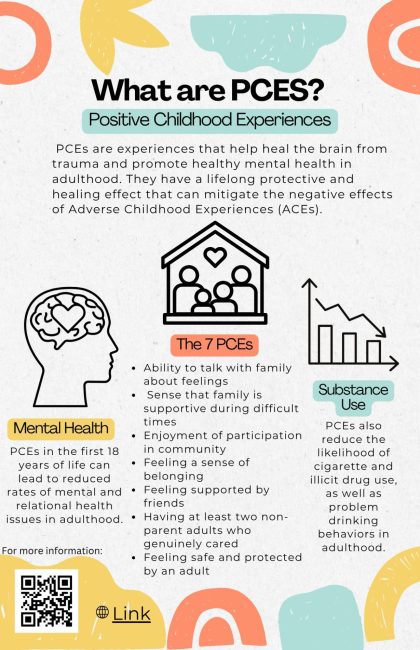
Center for Disease Control (CDC) Healthy Youth Parent Resources
Click below to learn more about monitoring youth activities, talking with your teens, and positive parental practices, and why they work:
